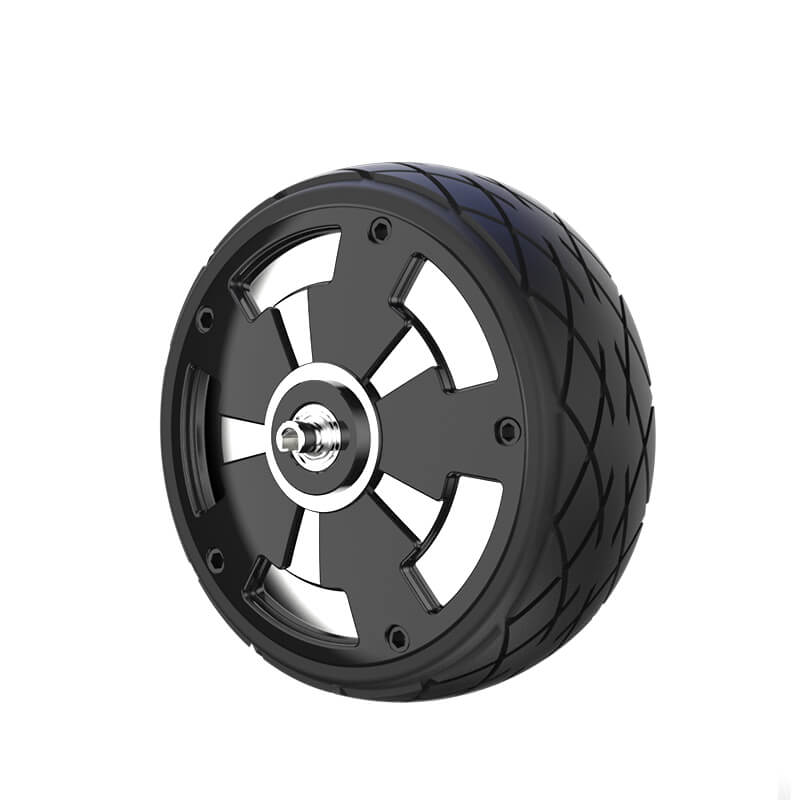When it comes to humanoid robot design, one of the most crucial components that can make or break the entire system is the joint design. Think about it: robots are built to move, right? And those movements need to be fluid, precise, and capable of mimicking human-like actions. This is where a well-designed joint system becomes essential. A poorly designed joint could limit the robot's agility or, worse, lead to mechanical failure.

Imagine a humanoid robot tasked with picking up an object or walking across a room. The joint design is what allows it to do so smoothly and efficiently. At KPOWER, we've spent years refining our humanoid robot joint technology to ensure seamless movement and enhanced durability. But what sets our joints apart? Let's break it down.
First, it’s about precision. When building humanoid robots, especially those with multiple joints like the shoulders, elbows, and knees, precision is everything. If one joint doesn’t align perfectly with the others, the entire system can fail to function properly. That’s why KPOWER focuses on creating joints that not only fit perfectly with the rest of the robot’s body but also withstand a high degree of stress and movement.
Secondly, durability is key. A humanoid robot is constantly in motion, whether it’s walking, lifting, or gesturing. This means the joints need to be built to last, even under intense use. We make sure that our joints are made from top-quality materials and engineered to endure even the most demanding tasks. This kind of durability helps reduce the long-term maintenance costs for robot operators.
Then there's the matter of flexibility. One of the goals in humanoid robot design is to make the movements as natural as possible. A stiff joint can make even the simplest action look awkward. At KPOWER, our joints are designed with flexibility in mind, allowing for a wider range of motion and fluid movement. This ensures that every action a humanoid robot performs looks realistic and smooth, without any jerky movements that would make it seem artificial.
But we’re not just talking about physical flexibility. The design also has to consider how these joints integrate with the robot’s overall functionality. For example, the joint’s sensors must work in tandem with the software to ensure that the robot knows exactly where its limbs are at all times. This level of integration is vital for precise control and coordination, which makes robots perform better, faster, and more reliably.
One thing that’s often overlooked in joint design is the weight of the materials. While it's tempting to use heavier, more robust materials for strength, lighter materials offer more efficiency without sacrificing power. The balance between weight and strength is one of the most important factors in the development of humanoid robots. At KPOWER, we understand this delicate balance and craft joints that are strong yet light enough to maximize the robot’s efficiency.
It’s not just about making a robot that looks cool or can do tricks. It's about creating a machine that works, moves, and performs in a way that enhances real-world applications. Whether it’s for industrial automation, healthcare assistance, or research, a robot's joints are at the heart of its ability to perform complex tasks.
In the end, the joint design is a pivotal part of what makes a humanoid robot successful. It’s the difference between a stiff, clunky machine and a fluid, graceful assistant. If you're looking for a humanoid robot that can move just like a human, trust KPOWER’s joint design to bring your vision to life. After all, the future of robotics is built on the foundation of great movement – and it all starts with the joints.
Kpower has delivered professional drive system solutions to over 500 enterprise clients globally with products covering various fields such as Smart Home Systems, Automatic Electronics, Robotics, Precision Agriculture, Drones, and Industrial Automation.




































